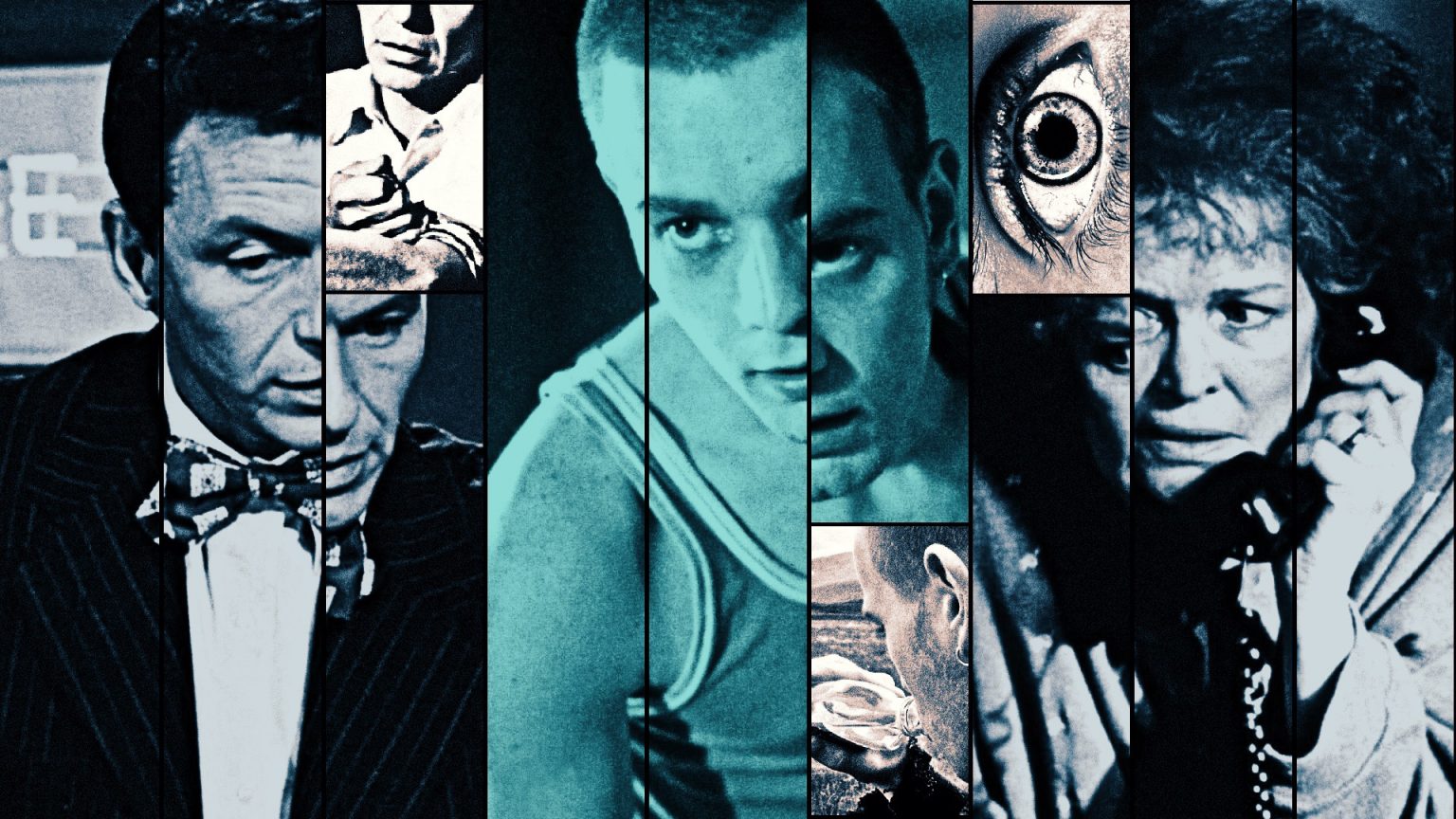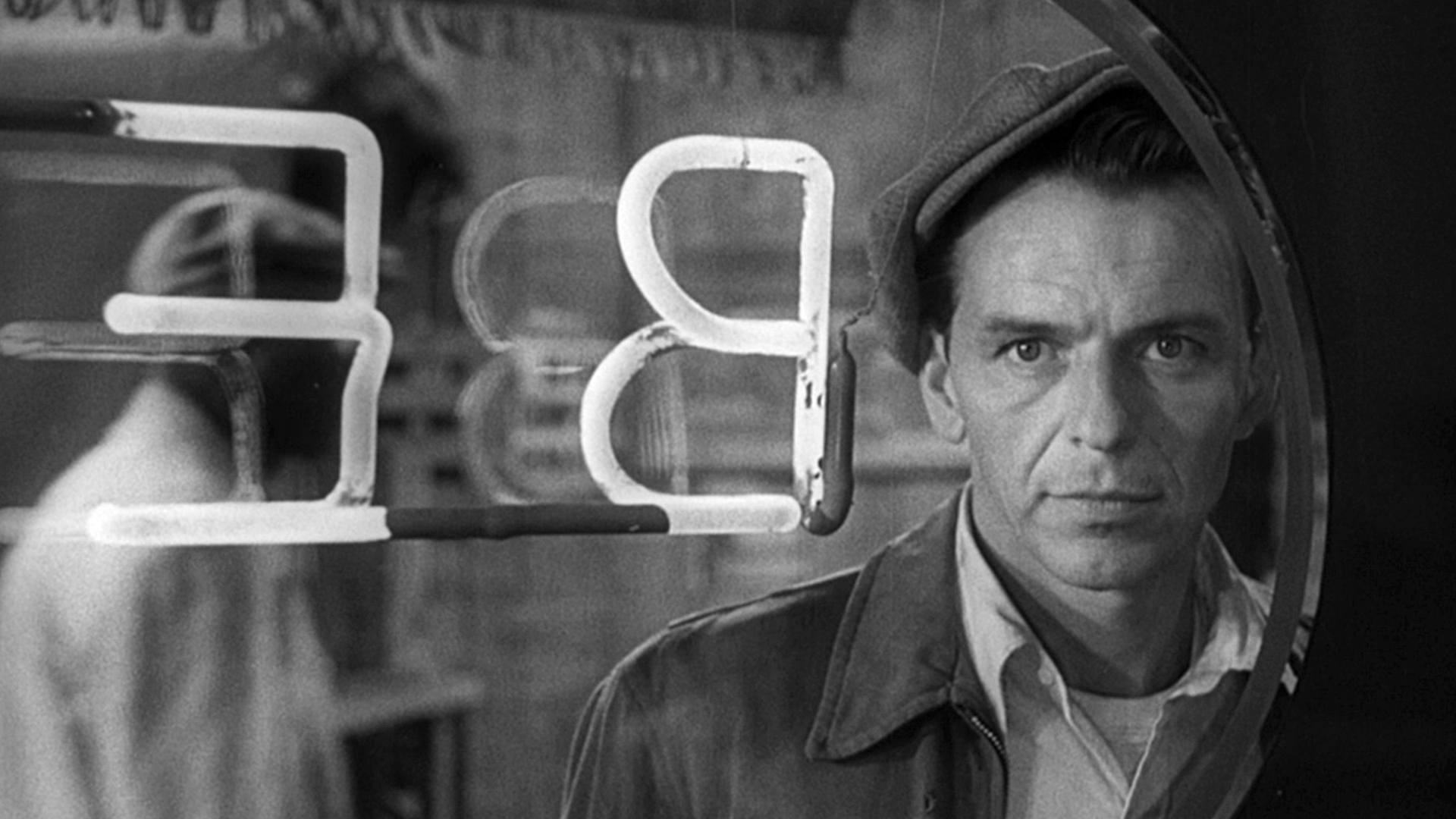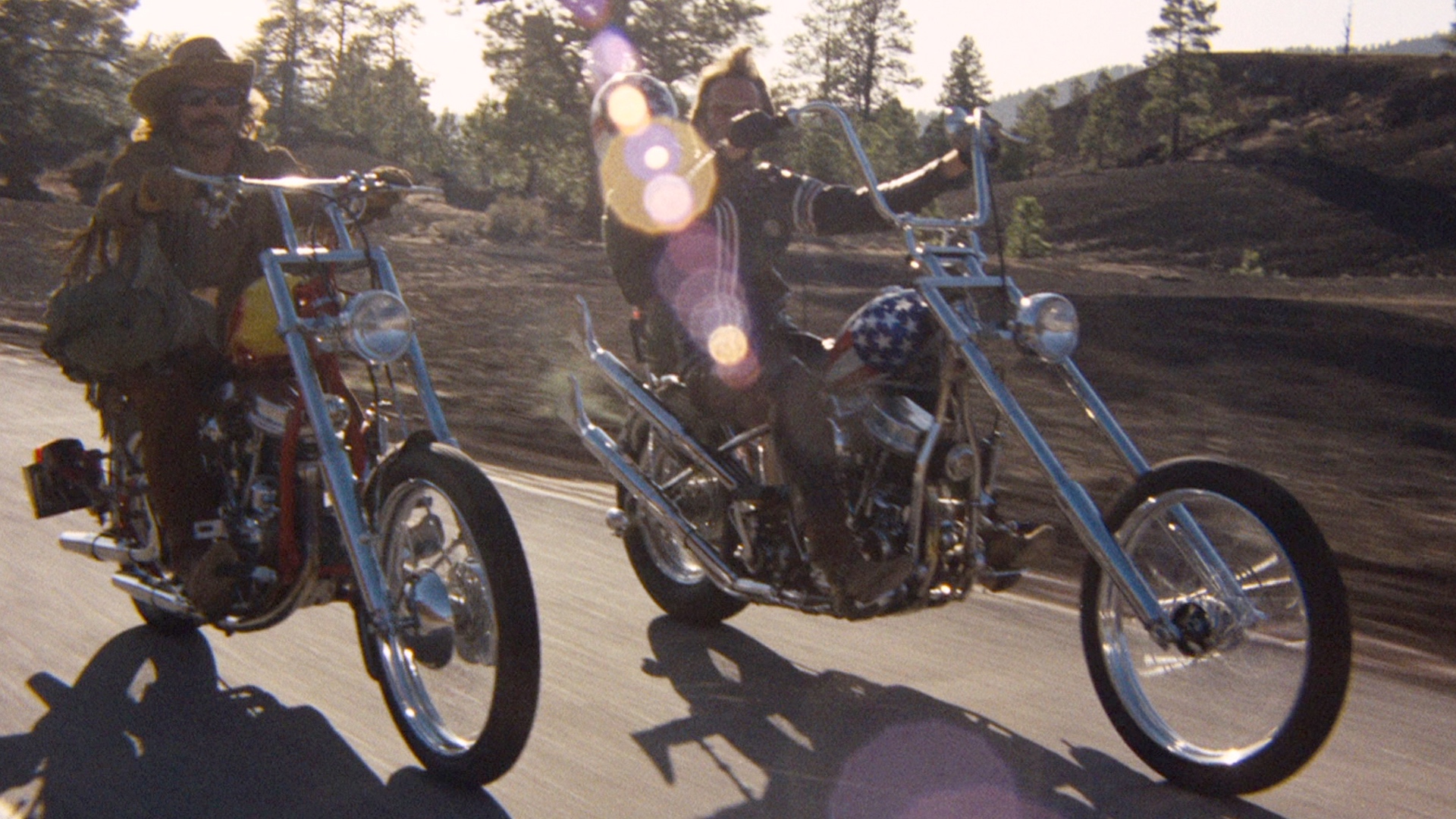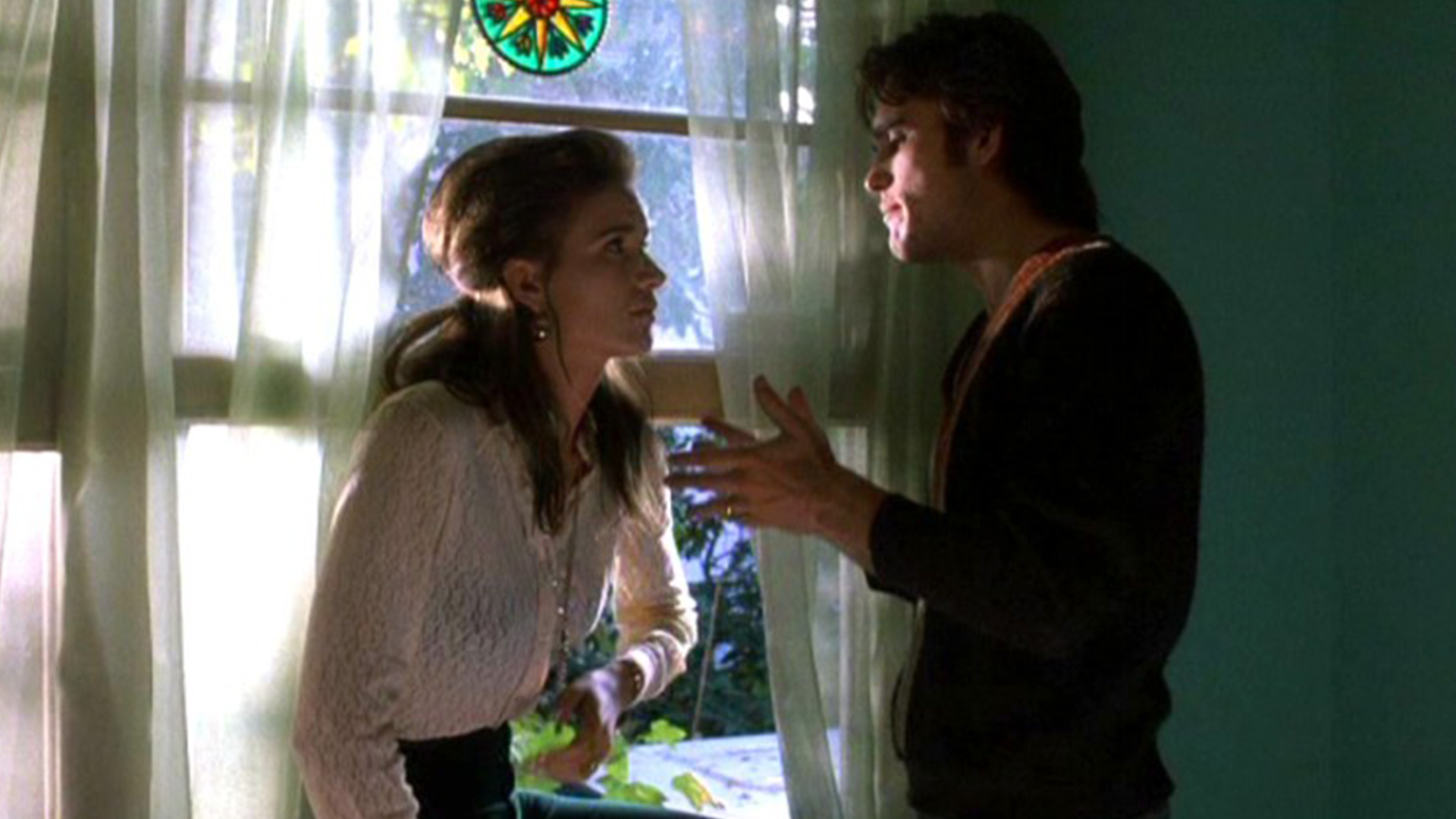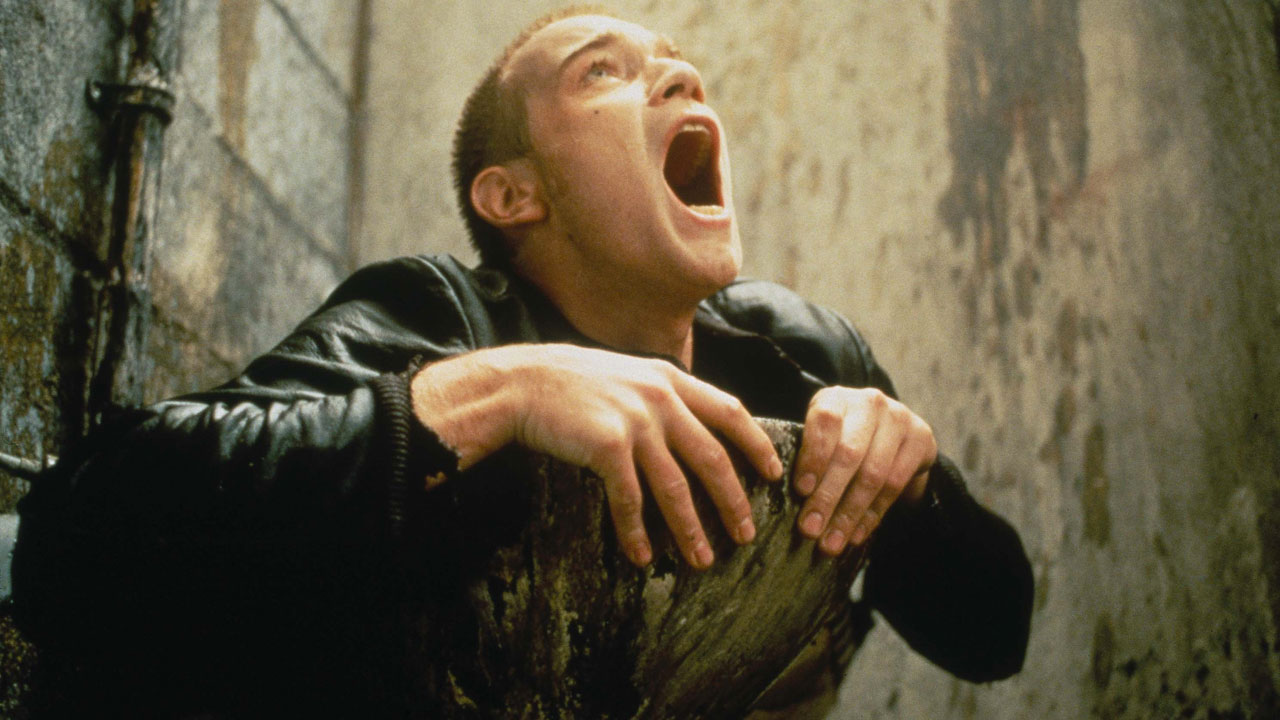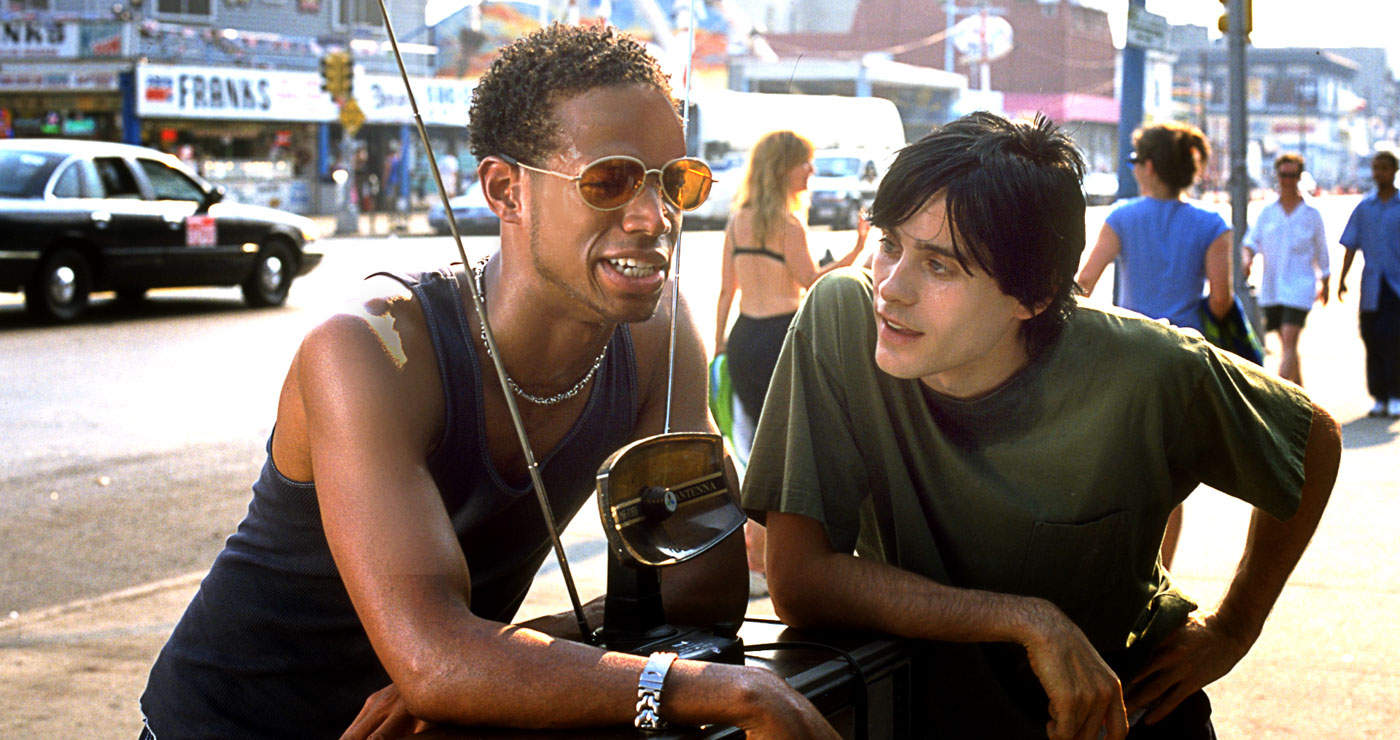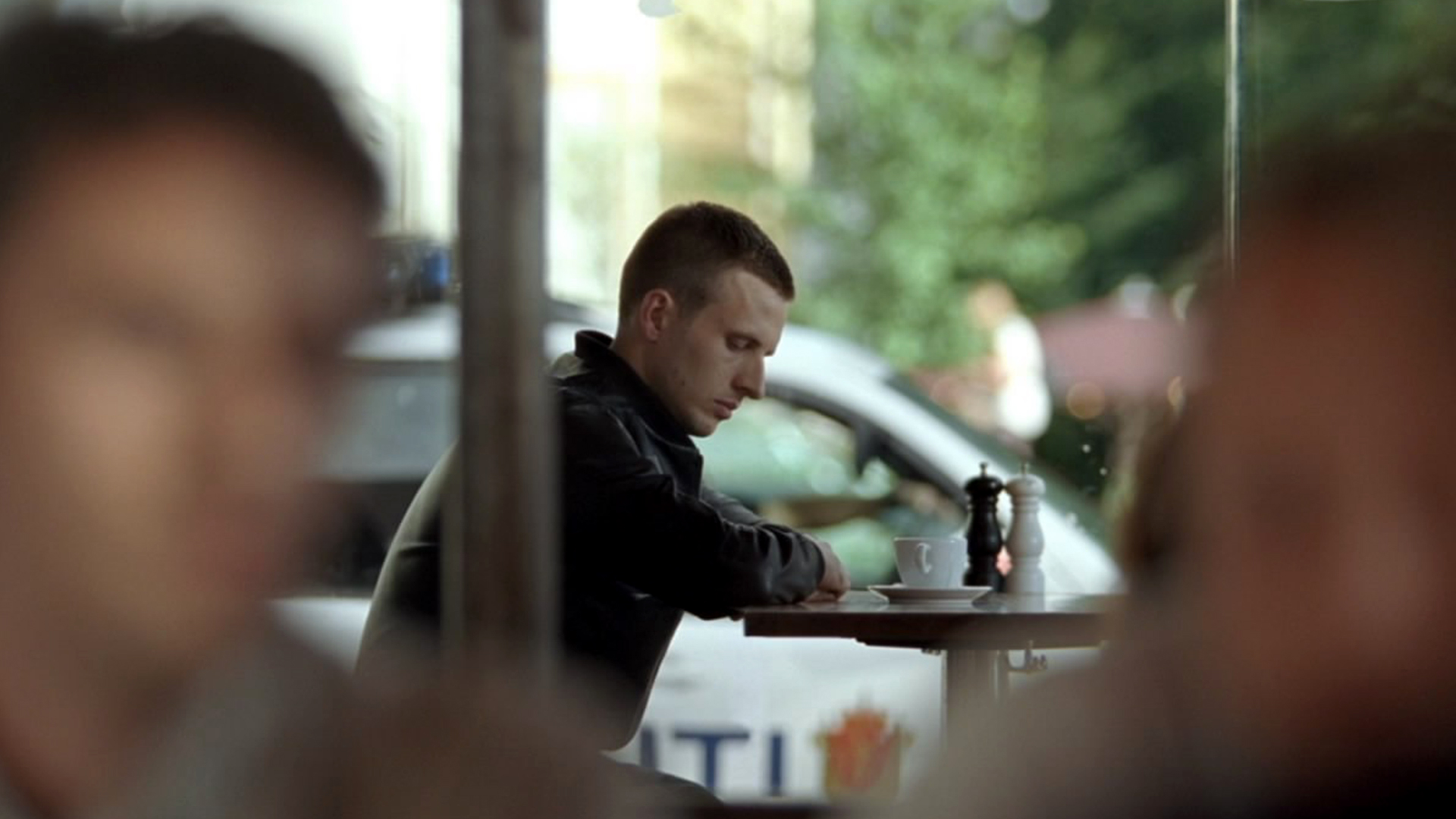Cinema, more often than not, is the most sincere art form. It has the advantage over other mediums because it offers an almost complete sensory experience, and thus when it comes to immersing the viewer in a specific moment in the life of a character, it could be argued that no medium does it better than film — at least when it comes to showing the observable struggles of said characters. But what about the internal struggles?
Addiction was first recognized as a disease in 1956. But for filmmakers, the ability to depict addiction proved difficult. But with further research, understanding, and empathy, the treatment and depiction of addiction in cinema slowly took shape. For World Mental Health Day we look back on how the issue of addiction has been depicted in cinema, from the 1950s to the present day.
The 1950s
Although this was the decade when addiction has officially declared a disease, the character of the addict seldom captured the attention of filmmakers of the era. These characters often existed in the background as the town drunk, or perhaps as a side character in a western who possessed a heavy drinking problem. But Otto Preminger’s The Man With The Golden Arm (1955) was one film that did justice to the subject.
The Man with the Golden Arm put the character of the addict in the spotlight for perhaps the first time in cinema and features powerful performances by Frank Sinatra and Kim Novak. The film, based on a novel of the same name, starts with Frankie’s (Sinatra) struggle with sobriety as he’s released from prison, into a world completely ignorant to his illness.
Though the problem of addiction may have been recognized by medical professionals, it remained a complex and mystifying issue to many. This was reflected in films of the time, which tended to simplify the problems of the addict by externalizing it, a practice that cinema wouldn’t correct for decades. In The Man with the Golden Arm Frankie’s conflict lies in his trying to live with his guilt and the dysfunctional relationships in his life, and in his attempt to ditch his former lifestyle for a better future playing music. But the film also relies heavily on external conflicts to progress the story in Frankie’s dealer and his wife, Zosh (Eleanor Parker), who both attempt to drag him back into his old lifestyle. This externalization of the conflict misses the core of the problem, and the more complex internal struggle being waged within the lead character.
Watch Now: Otto Preminger’s The Man with the Golden Arm starring Frank Sinatra, Kim Novak.
The 1960s
With the counterculture on the rise, many filmmakers were more interested in embodying the spirit of the time, and the films of the 60s that depicted drug use mainly revolved around the use of psychedelics and a reflection of the increased tolerance towards drug culture. Films like Easy Rider (1969) and The Trip (1967) began the trend of romanticizing drug use by chronicling the trippy adventures of the hippie generation. Even in a film like Barbet Schroeder’s More (1969), which portrayed opiate addiction, the trope was used more as a plot point to the story of a romantic, drug-addicted couple, which is a theme that would become much more popular in cinema later on.
The 1970s
The Panic in Needle Park, released in 1971, and directed by Jerry Schatzberg, picked up where a film like More left off in its story of romance and drug use. But unlike many films of the previous decade, Schatzberg ditches the romanticism of drugs to show the realities of long-term effects of abuse in this disturbing and confrontational film.
Schatzberg’s unflinching look behind the curtain at the lives of addicts portrayed through close-ups in juxtaposition with wide shots of busy New York streets shocked audiences. These shots give us a sense of the chaotic lifestyle the characters lead, and at the same time, give us a unique sense of their loneliness in the unforgiving city. Add to this, an amazingly frantic performance by Al Pacino, who switches from explosive violence to quiet reservation with ease.
The 1980s
In the 1980s, two renditions of addiction stood out from the rest. With the release of Christiane F. (1981), audiences were enthralled by the disturbing look at the drug scene in Berlin; the characters were mere children! But while this movie was shocking it didn’t offer the same view into the psyche of the addict in the way that Gus Van Sant’s Drugstore Cowboy would.
In Drugstore Cowboy (1989), Van Sant mixed surreal imagery with an almost-literary narration by the lead character, Bob (played in a brilliantly deadpan manner by Matt Dillon). Van Sant’s stylized close-ups took a cue from Schatzberg’s The Panic in Needle Park. For the first time, a director took the problem of addiction from the dirty alleys and transplanted it into the households of middle-class America — swapping the “dirty” portrayals of addicts in prior decades for a cast of “clean-cut” middle-class Americans. And Van Sant’s pleasing visual filmmaking balances the uncomfortable nature of the subject. This method of filmmaking can be traced back to the Beat poetry of the early 60s — an influence that is apparent in many of Van Sant’s films. The director employed William S. Burroughs not only to act in the film, but to help write it, and the famed writer’s carefully written dialogue lends an intensity and honesty to the characters. Here, perhaps for the first time, a filmmaker made the conflict of the addict an internal one.
The 1990s
By the 90s, awareness of the problem of addiction had significantly increased in general audiences, which in turn encouraged filmmakers to adapt the topic more frequently. Thus, the decade saw a number of remarkable films on the subject, but the one that especially stands out is Trainspotting (1996), a film that continued to build on what Van Sant had originated in the 80s.
Trainspotting, based on the novel by Irvine Welsh, and directed by Danny Boyle, walks the fine line of portraying both the pleasures and the horrors of drug addiction during the heroin epidemic in Edinburgh, Scotland. Here, Boyle switches between reality and fantasy to communicate the feelings that addicts experience.
The literary dialogue written by Welsh is perhaps the best in cinema. Through Renton’s (Ewen McGregor) self-reflection on addiction and his decaying relationship with his group of friends, Boyle, like Van Sant before him, internalizes the conflict of the character, and places the viewer both within, and outside, the problem. We are able to observe Renton’s world from a safe distance while feeling completely immersed. Here, the addict is shown in a new light: that of a human with reason, wit, and even wisdom.
The 2000s
Awareness of the problem of addiction increased more and more in the new millennia, and films like Steven Soderbergh’s Traffic (2000) and Darren Aronofsky’s Requiem for a Dream (2000) are both examples of the kinds of films that can be made on the subject of addiction when an auteurist director takes the wheel.
In Requiem for a Dream, Aronofsky brilliantly portrays addiction through editing, split-screen, and extreme close-ups, which immerse the audience in the repetitive, up-and-down lifestyle of an addict. The film tells the story of four very different characters, and the use of parallel editing between the characters highlights the one common factor between them: addiction. Aronofsky’s authentic and disturbing style of filmmaking utilizes all the technical methods in his arsenal to immerse us in the experience of addiction without victimizing his characters. He balances poetic symmetrical frames, with wide, distorted lenses, unique use of folly and sound design, and deeply personal long takes. Aronofsky almost always puts each of his character’s center frame, while the things going on around them spin out of control.
The 2010s
By the 2010s the portrayal of addiction in cinema had matured considerably, a fact best noted in films like T2 (2017), Oslo, August, 31st (2011), and Flight (2012). These films portray a modern view of addiction and put just as much emphasis on the depiction of the process of recovery as the vice.
Oslo, August 31st, directed by Joachim Trier, offers a completely alternative, mature, and educated take on the problem of addiction. The film follows Anders (Anders Danielsen Lie), a recovering addict, for one day of his life after a nine-month stint in rehab, as he clashes with the harshness of the real world and reminisces on his past relationships. Trier’s minimal style tackles the daunting task of portraying the problem of life in recovery almost without showing any of Anders’s drug use.
This painfully mundane take on addiction, set to the backdrop of the cold industrial city of Oslo, and featuring a powerfully reserved and simplistic performance by Lie, completely internalizes the struggle of addiction and tackles the complicated emotions a person in recovery goes through when they are released back into the real world. It is here, through simplistic and mature filmmaking, that the character of the addict is finally portrayed in full.

